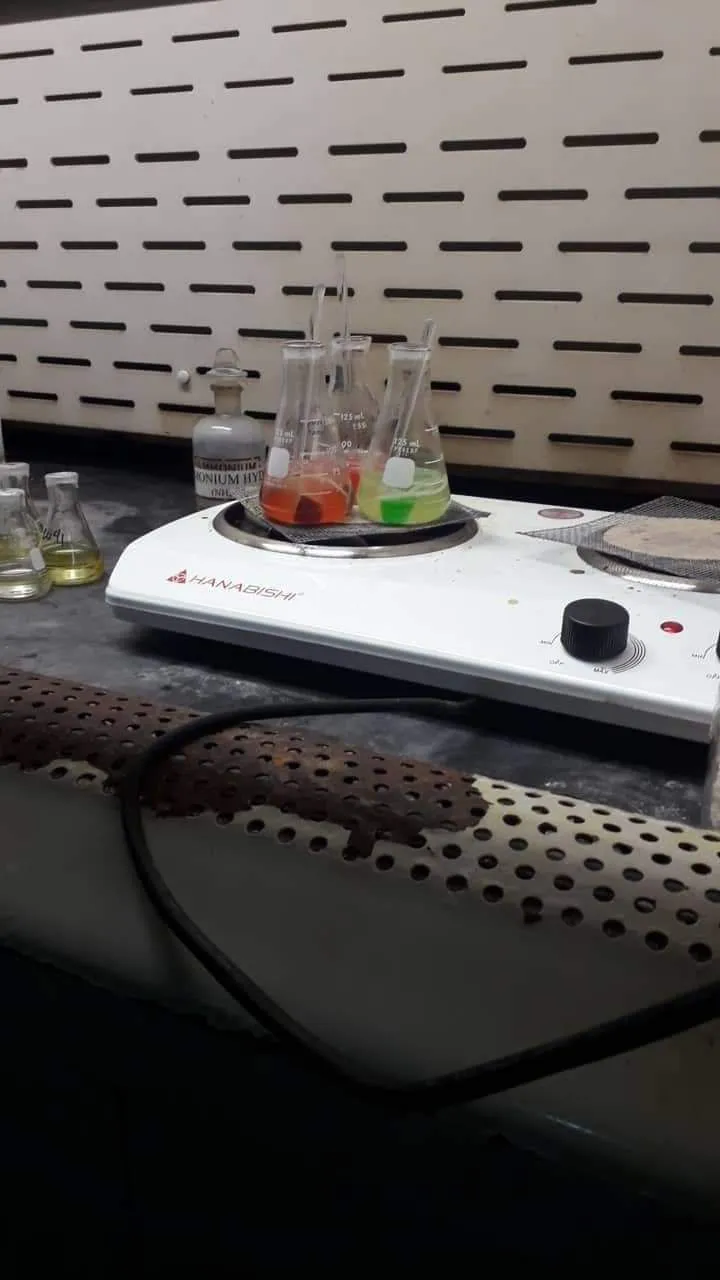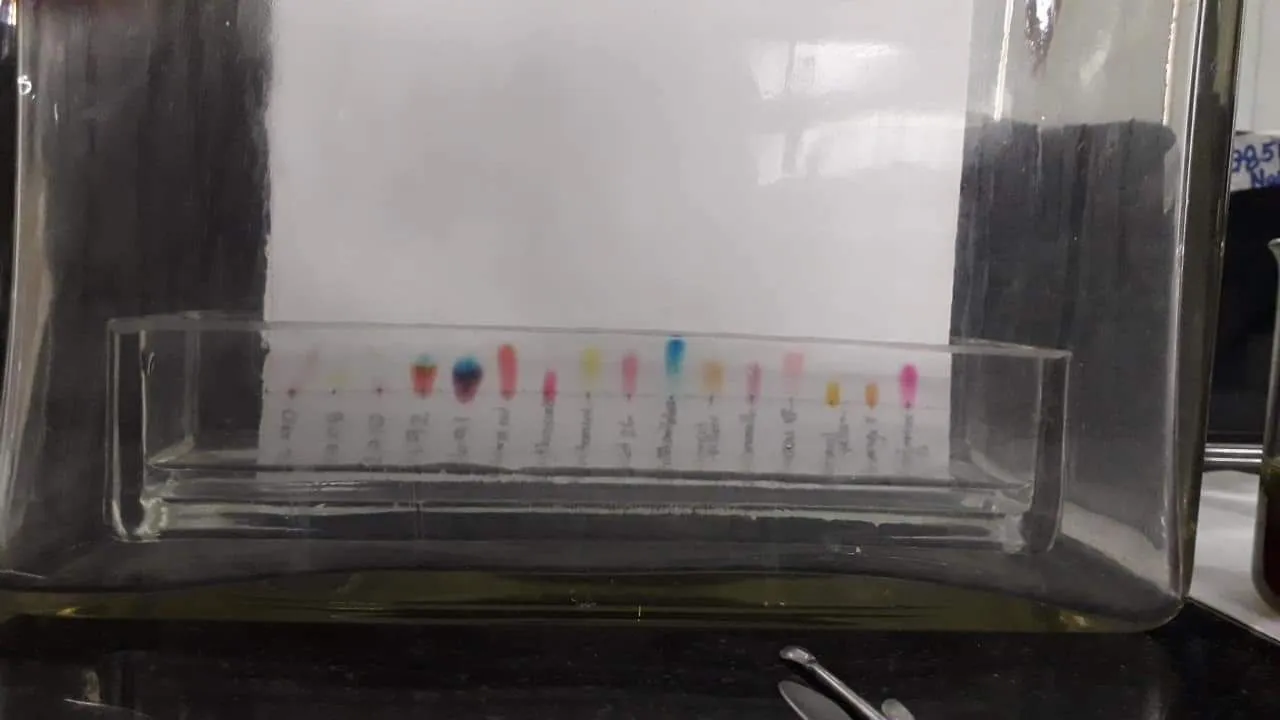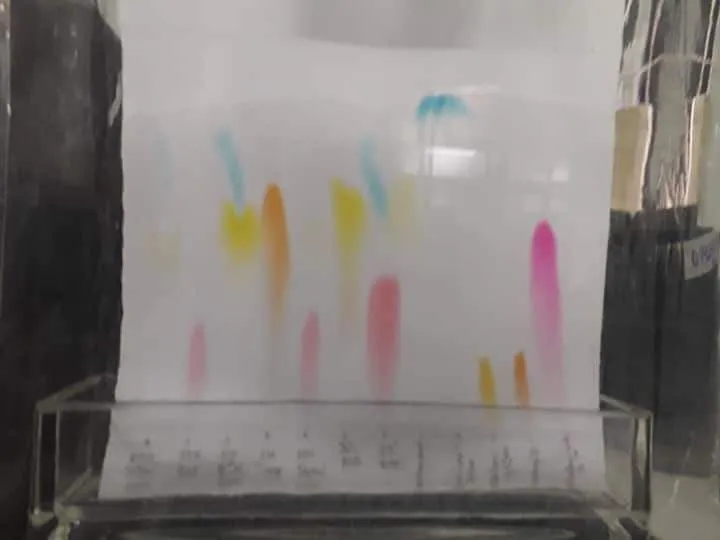Here we are again in the STEM community. For today, I thought of taking a break from talking about rocks, ores and industrial minerals. I’ll still be going over materials but I’ll be going over food materials for now since it would be good to put the things I learned in the Food and Drug Administration (FDA) to good use. I did my internship there and was a food chemist for some 3 months. My time there was really enjoyable because I got assigned to the food lab.
In a food lab, there was a never ending inflow of food and a never ending stream of messes, but one thing’s for sure, you’ll never go hungry when you get assigned to a food lab. Sensory evaluation is part of the tests conducted and this evaluation includes visual inspection for contaminants and tasting. It isn’t as simple as it seems since there’s a need to “calibrate your taste buds” in order to establish a baseline of what tastes you’re sensitive or immune to. It’s a tedious task but that’s something to talk about on another day.
Today, I wanted to talk about food colorants.
Food colorants/Color additives are a type of additives added to food, cosmetics or even to the body for various reasons. The most prominent reason is for enhancement of appeal and in some cases, color correction since some natural products don’t always align with their “natural color” thus, food colorants are still used. Especially in food, if in the case that the manufacturing company is trying to imitate a color for the flavor source, like when they say grape flavor and you would automatically assume that it should be violet when you see it in stores, right? What’s more surprising to me at times is when bread that is naturally brown still needs food colorants like “caramel brown” just to make it look more appealing. It makes me question the manufacturing world.
Are food colorants safe to consume? It depends. That’s why we have regulations for these. Even natural food colorants have regulations. Although most are exempt from testing, manufacturers and individuals can still choose to have some food stuff checked for colorant components, for fraudulent materials, material content per serving, and for violation of the non-discrepancy act that is part of good manufacturing practices. And of course, this varies per country. For the sake of narrowing down the discussion, I’ll focus on the regulations in my country, the Philippines.
As far as I remember, there were around 35-40 approved food colorants in the time that I was doing my internship in the local FDA and a majority of the food products that were so heavily reliant on food colorants were candies. it would make sense though since candies target children and children love colorful things that seem to catch their eyes. But the products we tested were not limited to candies. At times we had spices, natural food dyes like annatto seeds, turmeric powder, sometimes ketchup, sometimes soy sauces and liquor, whatever had food colorants passed through us and it was pretty fun.
I checked the current list and nothing seems to have changed, the Philippines still allowed these 8 synthetic food colorants to be included in food. these are:
- Blue no.1 & no. 2
- Green no. 3
- Orange B
- Citrus Red no. 2
- Red no. 3 & no. 40
- yellow no. 6
They were much lenient with natural food colorants since it’s hard to get standards for natural colorants and what is natural varies way too much when tested.

This was the candy melting part, we just started and we still had a few more to extract color from, sadly the other side of the hot plate was busted
So above are candy samples we used to test. We had to extract the colors by melting the candy in 50ml water. Then when the candy or whatever sample it was melts, we add acid to it then a few strings of yarn. This is similar to acid dyeing in cloth. We have to make sure that the yarn absorbs as much color as possible so that when we extract the colors with a base, we can get a pretty good chromatogram.

starting phase of the TLC procedure. I forgot what mobile phase we used here, I just remembered that it was stinky af so I assume ammonia was in the mix
The local FDA still uses thin layer chromatography (TLC) for this since much modern chromatographic methods tend to clog when colored samples are run through them, and cleaning that equipment is hell, I tell you! Why do we stick to this kind of chromatography though? because you can clearly see the color separation. The main use of chromatography is to separate components, and even the most basic one does its job pretty well.

this is when we only had 30 minutes left before we harvest the paper chromatogram. Look at the cool color separations though, they look lke ghosts XD when your colors separate like this, you know you did it right because the colors separated into their base components/dyes.
So who knew a high school science project with ink and paper had this much importance. Pretty cool, right?
So what are the colorants that are not permissible by the FDA and why?
From what I remember in my time there, we were always on the look out for carmine red, yellow no. 5 and titanium dioxide due to allergen effects, primarily, but when you look at it individually:
Carmine red is mostly derived from the carmine beetle and has long been replaced with other dyes, even in the cosmetic world. There have also been studies that show lab synthesized carmine red dyes were heavily synthesized from petroleum products,
making it a carcinogen.
Same with yellow no. 5 (tartrazine). But if I recall, aside from being a petroleum derived item, it was also a causative for hyperactivity in children and in adults. Aside from that, I also read about studies where yellow no.5 can enhance tumor growth so I assume it either increases body acidity on prolonged intake and exposure, or it’s simply carcinogenic. This is basically why I never buy yellow stuff XD because dang yellow no.5
I also don’t buy white candies because Titanium dioxide is impossible to detect through TLC. And I am bothered by the fact that titanium dioxide is permissible to some extent when it comes to food yet it’s the same white metal manufacturers use for white paints, white makeup and white metal coatings.
This is your regular glimpse of what goes on in the lab, provided by yours truly UwU
I’ll check my old notes for what other tests we had to do back in FDA for what else to discuss next time. But if you guys want to know something or have questions chemistry related, just feel free to ask!
sources:
https://www.healthline.com/health/yellow-5#foods-with-yellow-5
https://www.thelancet.com/journals/lancet/article/PIIS0140-6736(07)61306-3/fulltext
http://ar.iiarjournals.org/content/35/3/1465.full.pdf+html
https://www.fda.gov/industry/color-additive-inventories/summary-color-additives-use-united-states-foods-drugs-cosmetics-and-medical-devices#table1A
